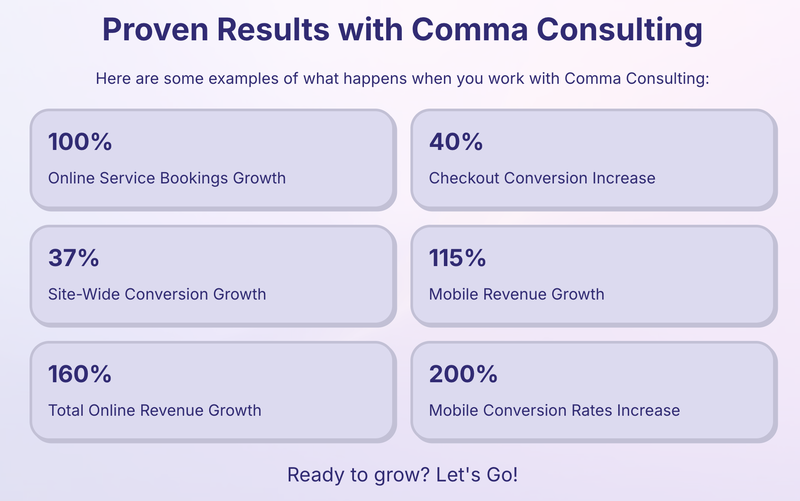
25% of all eCommerce site searches occurring on a retail site are misspelled. Consumers using the site search box to find what they are looking for still remains a popular behaviour with least 30% of all consumer sessions utilising this toolat one point in his/her journey.
Back in December 2018, I wrote an article explaining some examples of how AI (or machine learning) can be leveraged to apply quick wins for retailers. Site search was one of those quick wins.
Using AI to accommodate and enhance site search experiences for consumers who misspell search terms is a great example of how this tech can be used in actual practice.
Some reading this may be thinking, conventional site search technology has the ability to apply misspellings, eliminating the need for AI.
Yes this is true, standard site search has this capability. However, this requires individuals to manually create and apply these mapping rules to products. Now think about the workload to predict misspelled terms and apply this across an entire database which is dynamic in nature.
To illustrate the size and difficulty of the manual approach to mapping misspelled search terms, have a look at research which looked at specific terms being misspelled for fashion retailers…
- “Jumpsuit” was misspelled in 216 ways
- “Bodysuit” was misspelled in 223 ways
Manual mapping of misspelled search terms does not scale.
Why are misspelled search terms so common? The answer is easy: smartphones.
Due to the increased effort required to work through clunky/confusing smartphone menu systems along with the reduction in visible content on each page, consumers would rather seek out a path to least resistance. Site search achieves this.
This is why in Book 1 of my best practice books, I talk at length of the importance of having the site search box permanently visible on smartphone screens.
Sending consumers who type in misspelled terms to the right relevant results will translate to millions in extra revenue for retailers.
Where to from here:
The first step is to adjust Google Analytics so it can capture all consumer searches resulting in “no results”. This will identify the volume of poor experiences being offered to consumers looking for products you have available to sell.
The second step is to research specific AI tools that can resolve this problem and apply a proof of concept project where the business can see the revenue impacts of this technology in action.
Benefits of working with an eCommerce Expert = Results:
When you work with an eCommerce Expert like Greg from Comma Consulting, these are the types of results you can expect...

Ready to grow? Let's Go! Click here to contact Comma Consulting now.
This article was as tagged as Data Driven Decision Making , Digital Strategy , eCommerce Consulting , UX Design